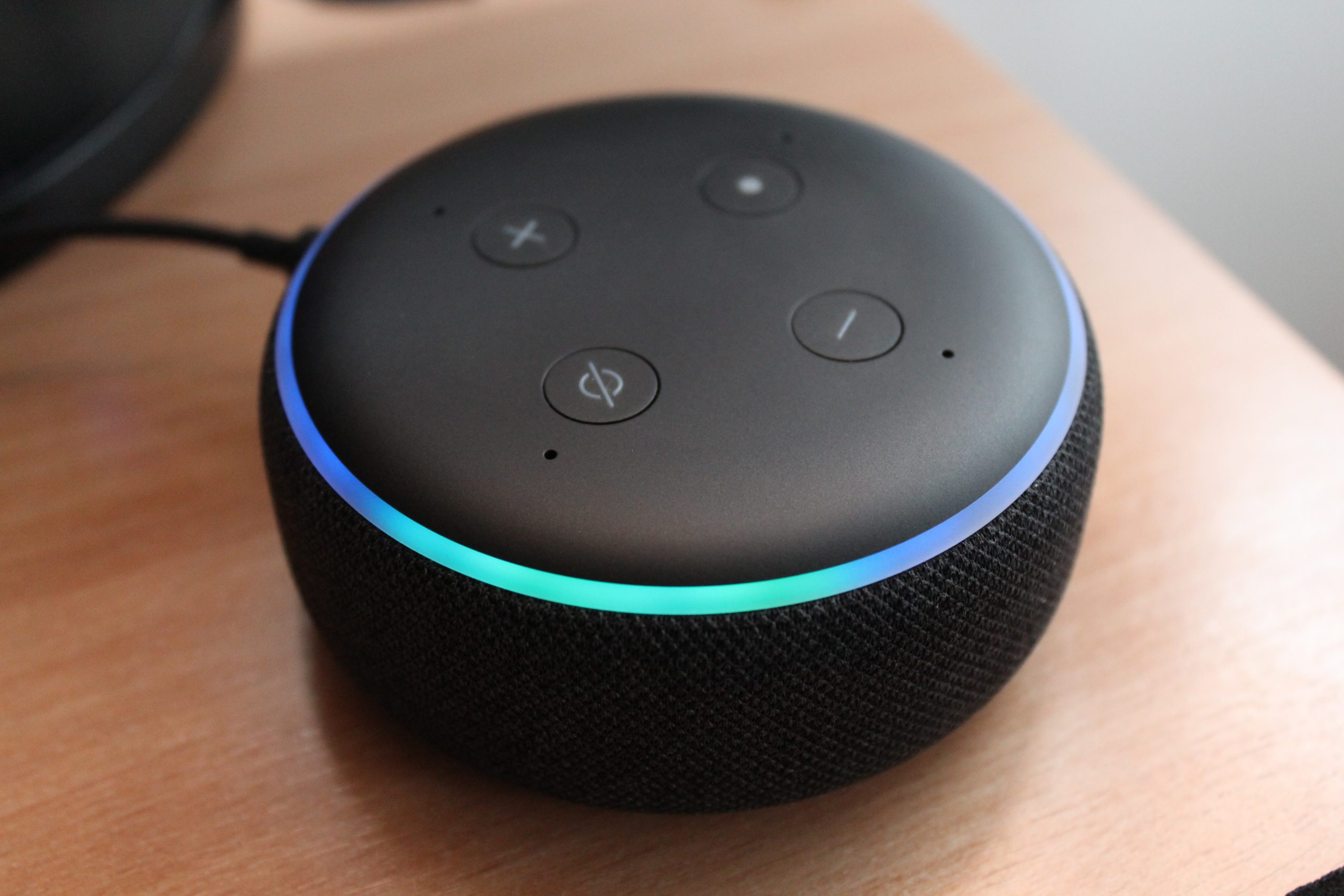Why it’s time to redefine what the second is – and what secrets of the universe it might reveal | Sciences
5 min read

Do you have a minute to talk about a second?
The basic time unit, upon which most other quantities in our system of measurement depend, has not changed for more than 70 years.
But technological advances suggest that it is time to update and define what is more accurate.
This is the opinion of researchers from the International Bureau of Weights and Measures (BIPM, for its acronym in French). depends on Parisin FranceBIPM is the body responsible for setting international standards for systems of units of measurement.
The BIPM metrologists, along with experts from several countries, are preparing to change the second measurement method. It is a very delicate process, the outcome of which may be fundamental to changing the way we understand the universe.
The second is the basic unit of time measurement in the international system of measurement.
But in fact, other basic units such as the meter (length), kilogram (mass), ampere (current) and kelvin (temperature) are specified based on the second.
The BIPM defines a scale, for example, as “the path that light takes in a vacuum during a period of 1/299.792.458 of a second.”
For thousands of years, mankind has used astronomy to determine its time units. But, Since 1967, observation of atoms has been used to determine the second. That’s because the atoms behave more precisely than the Earth’s rotation, which is quite irregular.
Atoms provide a more accurate measurement of time than astronomical observations – Image: Getty Images via BBC
Scientists note that over the course of millions of years, the Earth has been spinning more slowly. As a result, days are increasing at a rate of 1.8 milliseconds per century.
So, for example, 600 million years ago, an Earth day lasted only 21 hours.. To make matters worse, several studies in 2020 show that in the past 50 years, the planet has started to spin faster.
So, while imperceptible, the “astronomical second” is not always the same, while atomic particles move more accurately and predictably.
Since 1967, the definition of the second began based on the oscillation of cesium-133 atom particles when exposed to a special type of microwave. The device used to make this measurement is called an atomic clock.
When exposed to these microwaves, cesium-133 atoms behave like a pendulum that “swings” 9,192,631,770 times per second.
Until then, the second used as a reference for calculating oscillations was based on the length of the day in 1957, which is determined from the behavior of the Earth, Moon, and stars. Now, the BIPM has determined that the official scale of the second will be calculated from the amount of oscillations in the particles of cesium-133 atoms.
So, Briefly, the second day is defined as the time it takes cesium to oscillate 9,192,631,770 times. But this definition appears to be outdated.
About a decade ago, there were optical atomic clocks, which had the ability to monitor the “sign” of atoms oscillating much faster than cesium.
Some count ytterbium, strontium, mercury, or aluminium, for example. It is as if an atomic clock has a magnifying glass that allows it to detect more oscillations and determine the second with greater accuracy.
Watch this one measuring ytterbium atoms at the US National Institute of Standards and Technology – Image: N.Phillips/Nest via BBC
Currently, there are dozens of such optical watches in different countries. It is expected with them, as some experiments have already shown, that different measurements can be compared to substantiate the results obtained.
The BIPM plans to use optical atomic clocks to measure the second, but it is still setting standards for making that measurement. The most important thing is to prove the accuracy with which the optical clocks promise, according to Gerard Petti, a researcher on the time team at the BIPM.
To date, the best comparisons of optical clocks have been made from the same laboratory. But Petit told BBC News Mundo, the BBC’s Spanish-language news service, that the goal was to compare different hours from different labs. It is also necessary to identify the element of the periodic table that will replace cesium as a reference.
An optical watch that measures strontium atoms – Photo: R Jacobson/Nest via BBC
Furthermore, optical atomic clocks are very complex devices, many of which require an entire laboratory to operate.
Some of the challenges with these devices are, for example, emitting some type of laser radiation with pinpoint accuracy to make atoms oscillate correctly, or having ultra-fast laser pulses with minimal time intervals, so as not to miss the oscillations that need to be calculated. , explains researcher Jeffrey Sherman, from the Department of Time and Attendance at the National Institute of Standards and Technology (NIST) to the Live Science portal.
Gerard Pettit notes that if all goes according to plan, benchmarking should begin in June 2022, and The new second should come into effect from 2030.
“These are complex processes and comparisons,” he says.
What will happen when I change the definition of the second?
“Nothing,” Betty said with a laugh.
The main reason to update the second is to keep things in order, since the scaling structure of the world depends on the second.
The ultra-accurate measurement of time goes unnoticed in our daily lives, but it’s important to scientists and can bring new knowledge – Image: Getty Images via BBC
“It is possible to live for a while with a definition that is not the most accurate, but after a while it becomes incomprehensible,” Pettit says.
“In practice, in everyday life, it probably doesn’t change anything, but in science, you need a definition based on the best possible measurement.”
In addition, ultra-accurate time measurement can help us understand phenomena that are not currently understood.
NIST, for example, explains that Optical clocks were once used to measure the distortion of spacetime described by Einstein’s theory of relativity.
Light clocks are so accurate that they can show the difference between two hours with a difference of just one centimeter in height. This happens because, Because of gravity, time passes slower at sea level than at higher altitudes like Mount Everestfor example.
These ultra-precise watches can also be used to reveal mystery dark matter, which make up 25% of the universe, but little is known about them. With the new technology, scientists will be able to discover this unknown substance that affects ordinary matter, space and time.
They may also provide clues about primordial gravitational waves, which are echoes of the Big Bang that distorts spacetime, like throwing a stone into a lake. Atomic clocks may be able to detect these distortions and provide more clues about the formation of the universe.

“Musicaholic. Thinker. Extreme travel trailblazer. Communicator. Total creator. Twitter enthusiast.”



